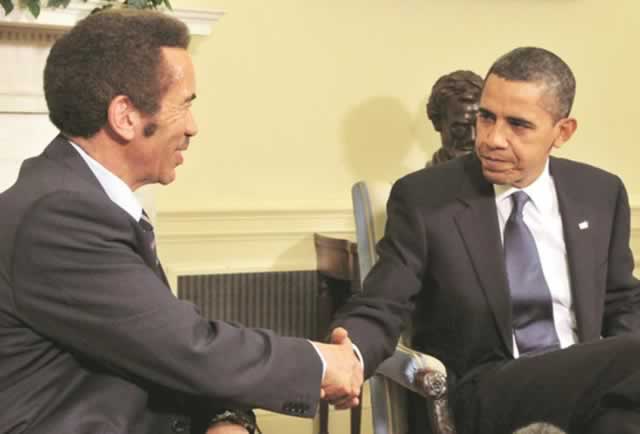Fluency in visual communication


The main purpose of art is to have the ability to communicate with an audience, and the longer the conversation is, the better
Knowledge Mushohwe Correspondent
A picture is said to be worth a thousand words.
The use of visual elements to convey meaning or an idea, commonly termed “graphicacy”, is considered as important as literacy and numeracy, the abilities to read and count.
Visual communication can find expression in paintings, drawings, symbols, or simply lines and shapes arranged for a specific effect.
Visual communication by artists can only be seen as successful if there is interaction between the artwork and viewers.
And that success depends to a large extent on the proficiency of the artist when putting together sets of codes that emit information.
The information always carries emotional value and if a viewer ignores that second layer in the meaning, the communication model becomes less effective.
It is easy for the average viewer to fail to connect emotionally with a work of art if the coded messages within are either not enough or poorly assembled.
Creating an artwork requires two strong convictions – the ability to create an image using a specific style, and a skill to provide layers of information that combine to form the overall meaning.
Ability to create an image is a skill cultivated over many years.
But the method of encoding is a more complex dynamic linked to shared knowledge between the artist and the audience.
And because visual meaning is mostly cultural-based, context is key.
There are a number of different groups of codes within an artwork and it is through determining what they mean that the overall objective of the entire composition is realised.
Techniques used to unite components of an image to enable them to convey meaning jointly, referred to as codes of content, form the basic foundation for creating meaning within an artwork.
In oil paintings, for example, people, furniture, scenery, buildings, streets or any identifiable object created by the painter and within the composition, fall into this category collectively forming the content of the image.
Codes are essential components of an artwork as it is through them that meaning can be deduced.
The style, or manner in which an artist forms a composition, also gives clues linked to meaning.
The use of exaggeration or irony in an artwork, for example, is a sign that meaning can only be deduced if the viewer is able to identify and decode these techniques that are both deliberate and uncomplicated.
Meaning in an artwork is more important than style and skill, because it is the ultimate objective of creative products.
Some artists’ style changes as they get older and that movement away from realism and towards abstraction shows that the one indispensable part of art is meaning.
Abstract artists take pride in knowing that they can communicate with a wide audience using very limited visual clues.
The overall objective of an artwork lies less in aesthetic value, because beauty without meaning is like a stunningly attractive model that is also illiterate.
The main purpose of art is to have the ability to communicate with an audience, and the longer the conversation is, the better.
Art does not achieve its objectives by showing remarkable resemblance to something it represents.
The “wow, this looks exactly like James” factor is less important than understanding the reasons for such a depiction.
The skill of an artist, therefore, extends well beyond the ability to create an image using a personalised style.
Generally, an illustrator is said to be good if the drawings are technically well executed, when drawings bear a close resemblance to reality.
But what is often overlooked is that, regardless of how well the drawings are generated, if clues on their meaning are inadequate, they are reduced to represent irrelevant visual language no one understands.
Misguided artists think because the informalities related to their work make them odd members of society, their work should be a reflection of that “strangeness” by being deliberately cryptic.
There is no point in making works of art if no one but the artist and close allies understand them.
An artwork is in a way like a newspaper – no one is around to give additional information when the public attempts to decode messages from within, therefore information needs to be as clear and as easily accessible as possible.
Being intentionally vague defeats the whole purpose of creative production.
Meaning is the principal objective of art.
Similar to music, the message the work emits is multi-layered and includes some form of emotional content.
But for any artwork to mean anything, the creator must rely on their lived experience, inspirations and aspirations in encoding within their work with messages that are significant to a wide audience and easy to decode.
No amount of raw artistic talent or stylistic craftsmanship can make up for lack of direct and relevant communication between a work of art and a viewer.
Just like in linguistics, meaning is everything.
Visual communication is a two-way model initiated by the artwork that provokes, demands or solicits a response from the viewer.
When the two strike a meaningful conversation where the viewer is left with both answers and questions, it’s a done deal.
That is all there is to it with visual art.










Comments